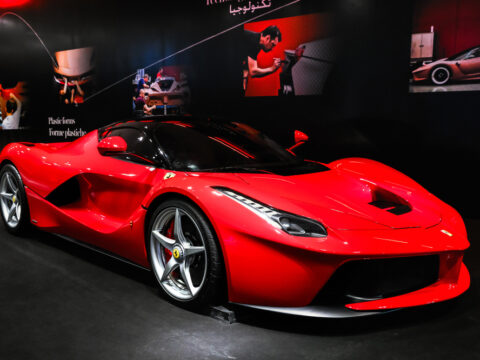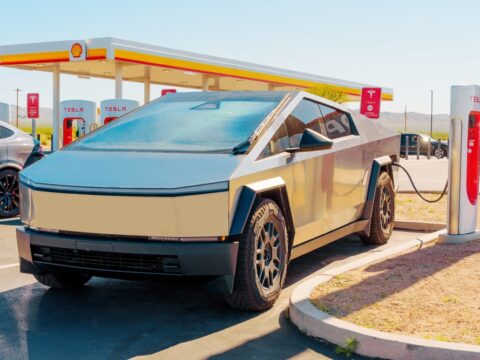Experimental racing cars often push the boundaries of technology and design, yet many never make it to the track. These innovative vehicles showcase groundbreaking ideas but face challenges such as regulatory issues, funding problems, or technical difficulties that prevent them from competing. Despite never racing, they influence future designs and inspire advancements in the automotive industry. Here are some experimental racing cars that never saw a track.
Contents
Porsche 917/20 “Pink Pig” (1971)

The Porsche 917/20, also known as the “Pink Pig,” was an experimental racing car developed in 1971. It featured a unique aerodynamic design with widened bodywork and a 4.9-liter flat-12 engine producing around 600 horsepower. The car’s unusual appearance, painted in pink with butcher’s cuts lines, was intended to improve its aerodynamic efficiency. Despite its innovative design, the “Pink Pig” was not raced due to its handling issues and the team’s focus on other models in the 917 lineup. Its legacy, however, lives on as one of the most distinctive and memorable Porsche prototypes.
Lotus 56B (1971)
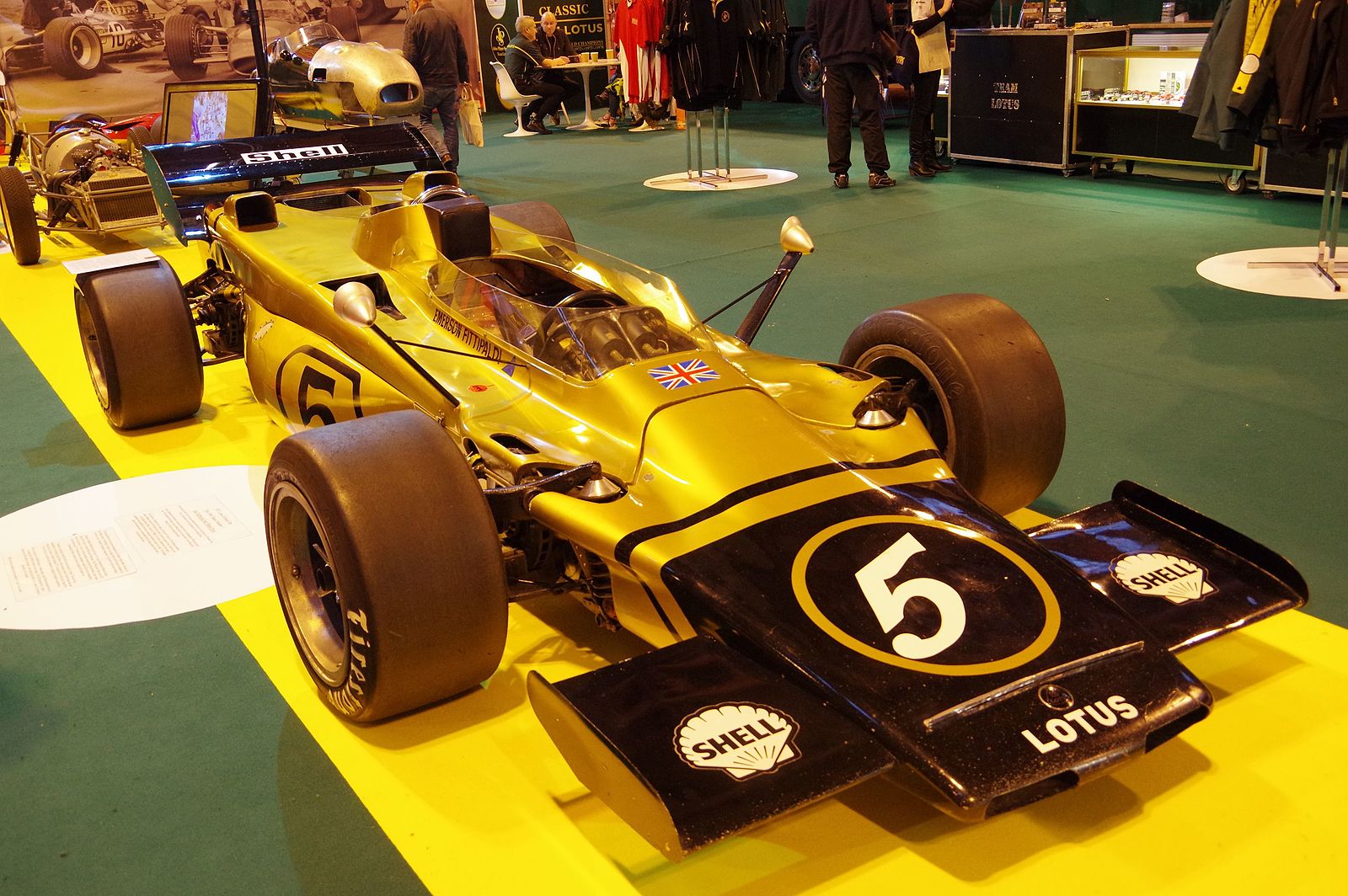
The Lotus 56B was an experimental Formula One car developed by Lotus in 1971. It was powered by a Pratt & Whitney gas turbine engine, producing around 500 horsepower. The car featured a unique four-wheel-drive system and a wedge-shaped design for improved aerodynamics. Despite its innovative technology, the 56B struggled with reliability issues and was ultimately deemed uncompetitive. The project was abandoned, and the car never saw a track in competitive racing. However, the 56B remains a fascinating example of Lotus’s pioneering spirit and willingness to experiment with unconventional technologies.
Ferrari 125 S (1947)
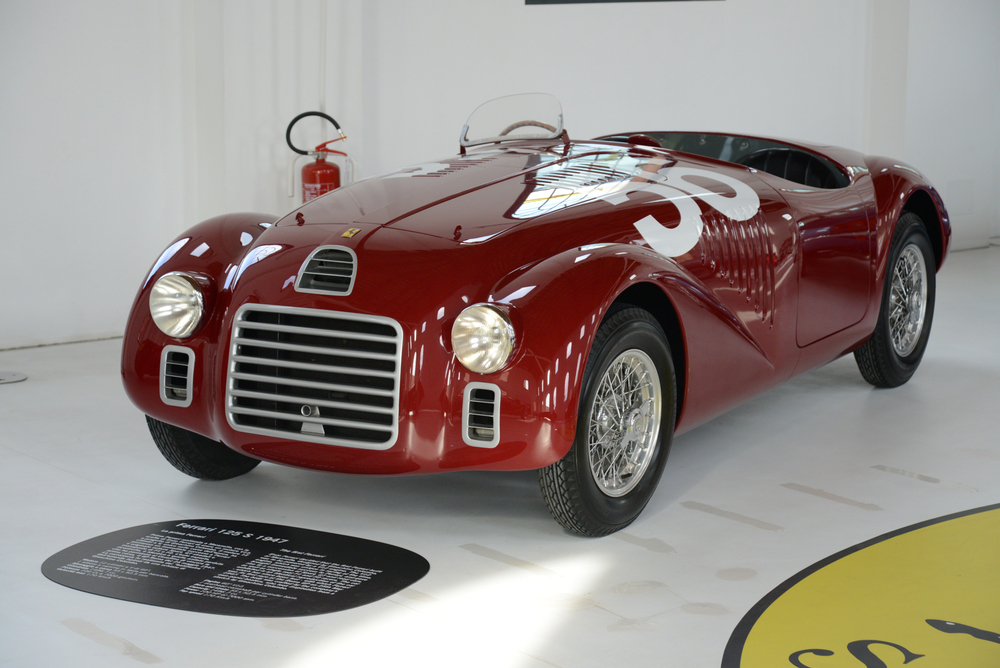
The Ferrari 125 S was the first racing car built by Ferrari, featuring a 1.5-liter V12 engine producing around 118 horsepower. The car was designed to compete in various racing events, including the Mille Miglia and the Targa Florio. However, due to financial constraints and technical challenges, the 125 S never saw a track in competitive racing. Instead, it served as a development platform for future Ferrari racing cars. The 125 S laid the foundation for Ferrari’s success in motorsport and established the brand’s reputation for engineering excellence.
Mercedes-Benz W125 Rekordwagen (1938)
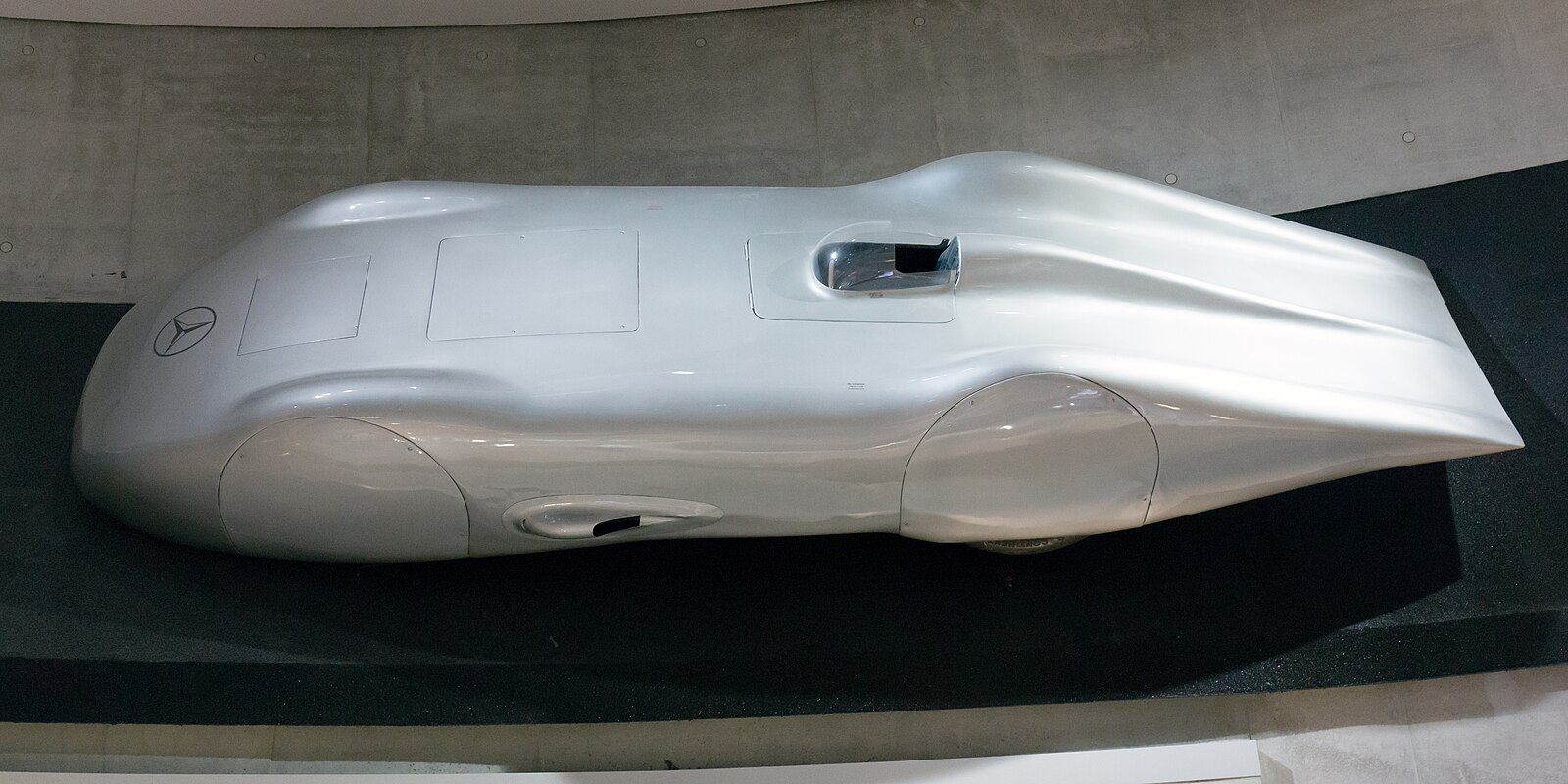
The Mercedes-Benz W125 Rekordwagen was an experimental racing car developed in 1938 to break speed records. It featured a streamlined body and a supercharged 5.6-liter V12 engine producing around 725 horsepower. The car was designed to achieve speeds of over 250 mph, making it one of the fastest cars of its time. Despite its impressive specifications, the W125 Rekordwagen never saw a track in competitive racing due to the outbreak of World War II. The car remains a testament to Mercedes-Benz’s engineering prowess and ambition during the pre-war era.
Chaparral 2J (1970)
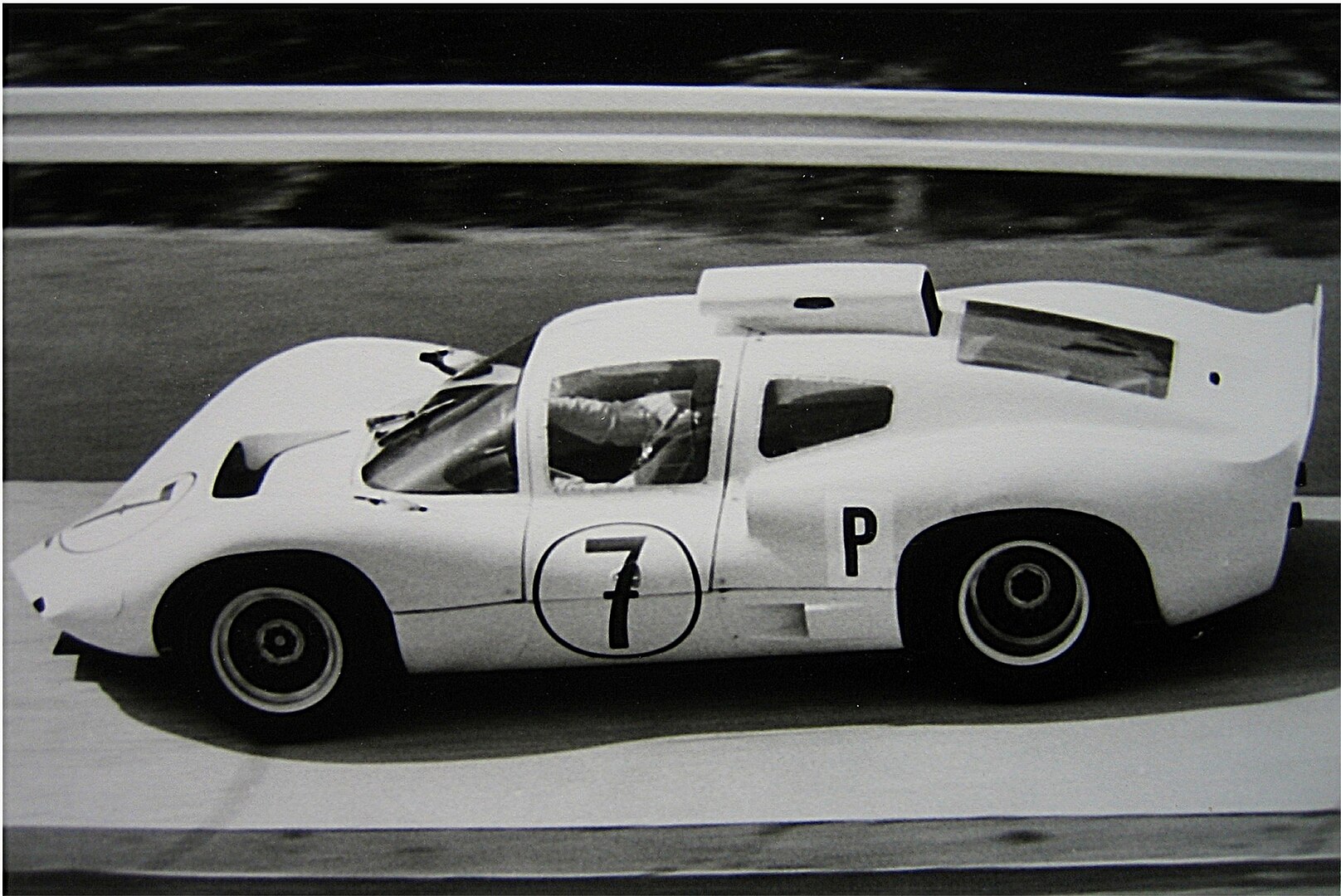
The Chaparral 2J, developed by American engineer Jim Hall, was an experimental racing car known as the “sucker car.” It featured two rear-mounted fans powered by a separate 45-horsepower engine, which created a vacuum effect to increase downforce and improve handling. The car was powered by a Chevrolet V8 engine producing around 650 horsepower. Despite its innovative design, the 2J was banned by the racing authorities due to its unconventional technology, and it never saw a track in competitive racing. The Chaparral 2J remains a legendary example of engineering ingenuity in motorsport.
Mazda Furai (2008)
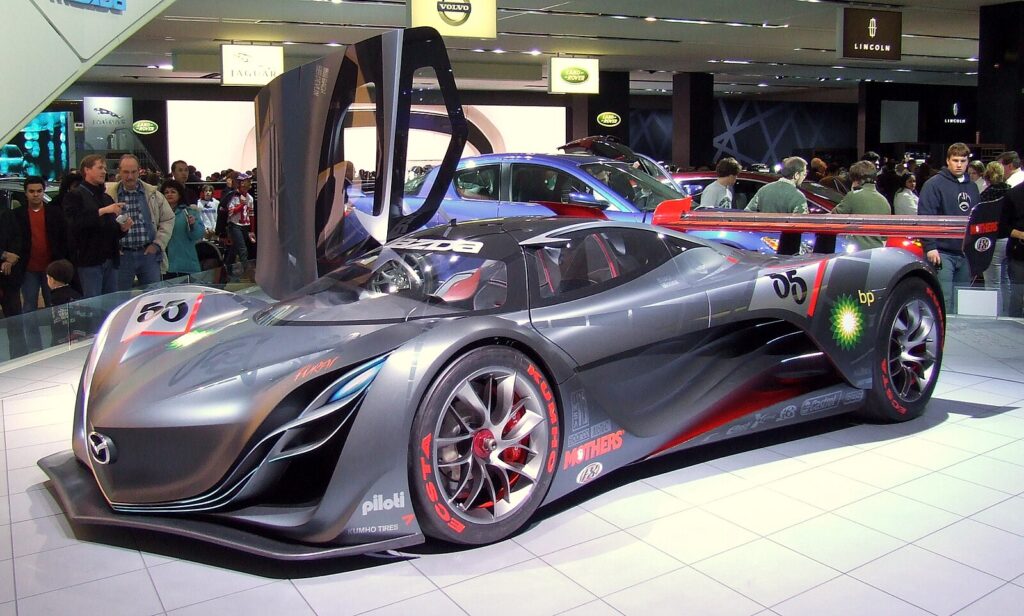
The Mazda Furai was an experimental concept car unveiled in 2008, designed to showcase Mazda’s future design language and technology. It featured a 2.0-liter rotary engine producing around 450 horsepower and a lightweight, aerodynamic body inspired by Mazda’s Le Mans racing cars. Despite its stunning design and performance potential, the Furai never saw a track in competitive racing due to its role as a concept car and a tragic fire during testing. The Furai remains an iconic example of Mazda’s innovative approach to automotive design and engineering.
Ford GT90 (1995)
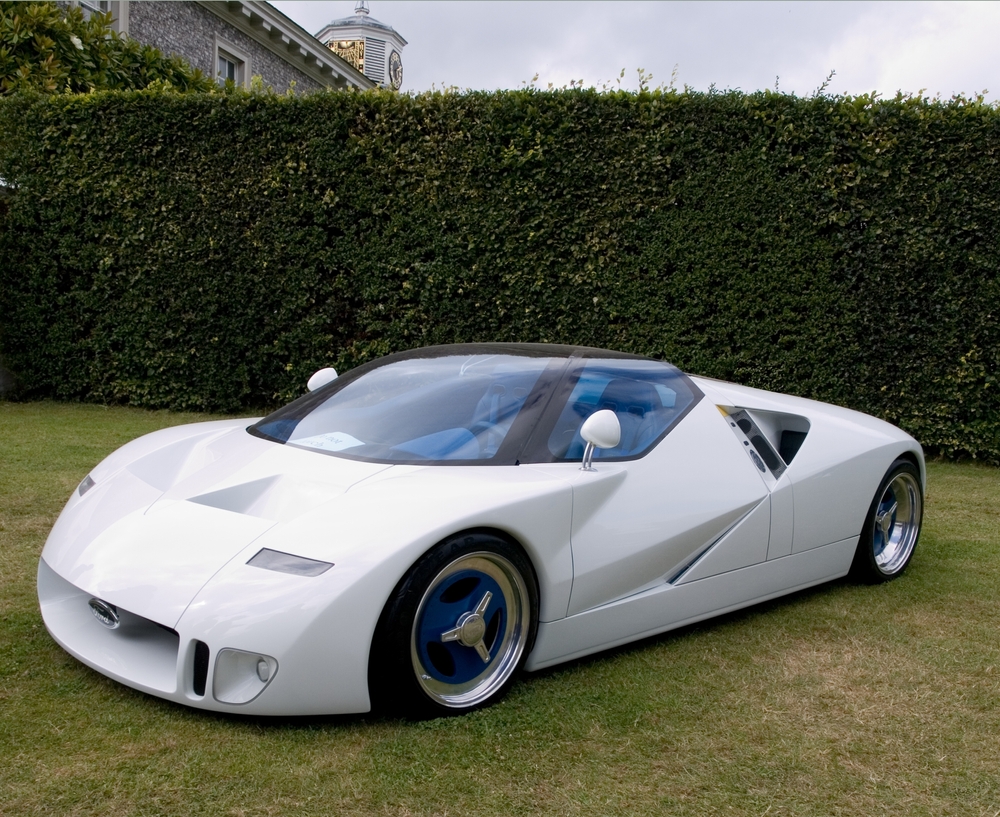
The Ford GT90 was an experimental concept car developed in 1995 as a modern successor to the legendary GT40. It featured a 6.0-liter quad-turbo V12 engine producing around 720 horsepower and a futuristic design with advanced aerodynamics. Despite its impressive specifications and potential as a racing car, the GT90 never saw a track in competitive racing. The car was primarily intended as a showcase for Ford’s engineering capabilities and design vision. The GT90 remains a fascinating example of what could have been a modern-day Le Mans contender.
Nissan R390 GT1 (1997)

The Nissan R390 GT1 was an experimental racing car developed for the 24 Hours of Le Mans in 1997. It featured a 3.5-liter twin-turbo V8 engine producing around 641 horsepower and a lightweight, aerodynamic body. Despite its impressive performance potential, the R390 GT1 never saw a track in competitive racing due to changes in the GT1 regulations and Nissan’s decision to focus on other projects. The R390 GT1 remains a symbol of Nissan’s engineering ambition and dedication to motorsport.
Jaguar XJ13 (1966)

The Jaguar XJ13 was an experimental racing car developed in 1966 to compete at Le Mans. It featured a mid-mounted 5.0-liter V12 engine producing around 502 horsepower and an aerodynamic, lightweight body. Despite its advanced design and performance potential, the XJ13 never saw a track in competitive racing due to changes in racing regulations and Jaguar’s financial constraints. The car was ultimately damaged during testing and never fully repaired. The XJ13 remains a legendary example of Jaguar’s engineering prowess and racing heritage.
McLaren M6GT (1969)
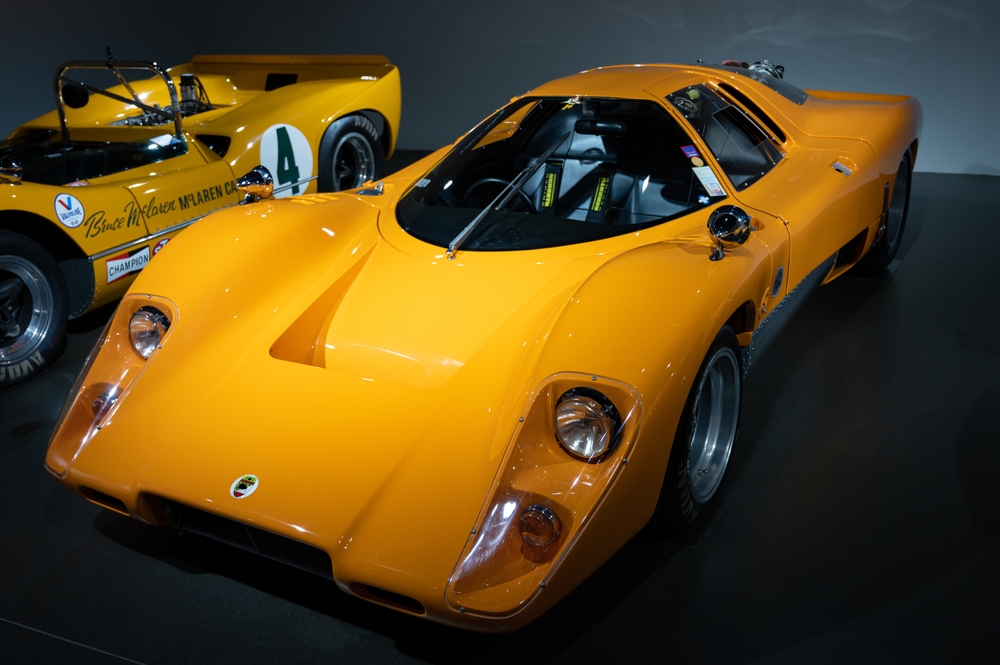
The McLaren M6GT was an experimental racing car developed in 1969 by Bruce McLaren as a road-legal version of the M6A Can-Am car. It featured a 5.7-liter Chevrolet V8 engine producing around 370 horsepower and a lightweight, aerodynamic body. Despite its impressive specifications and performance potential, the M6GT never saw a track in competitive racing due to changes in racing regulations and McLaren’s focus on other projects. The M6GT remains a fascinating example of Bruce McLaren’s vision for a high-performance road car.
Alfa Romeo 164 Procar (1988)
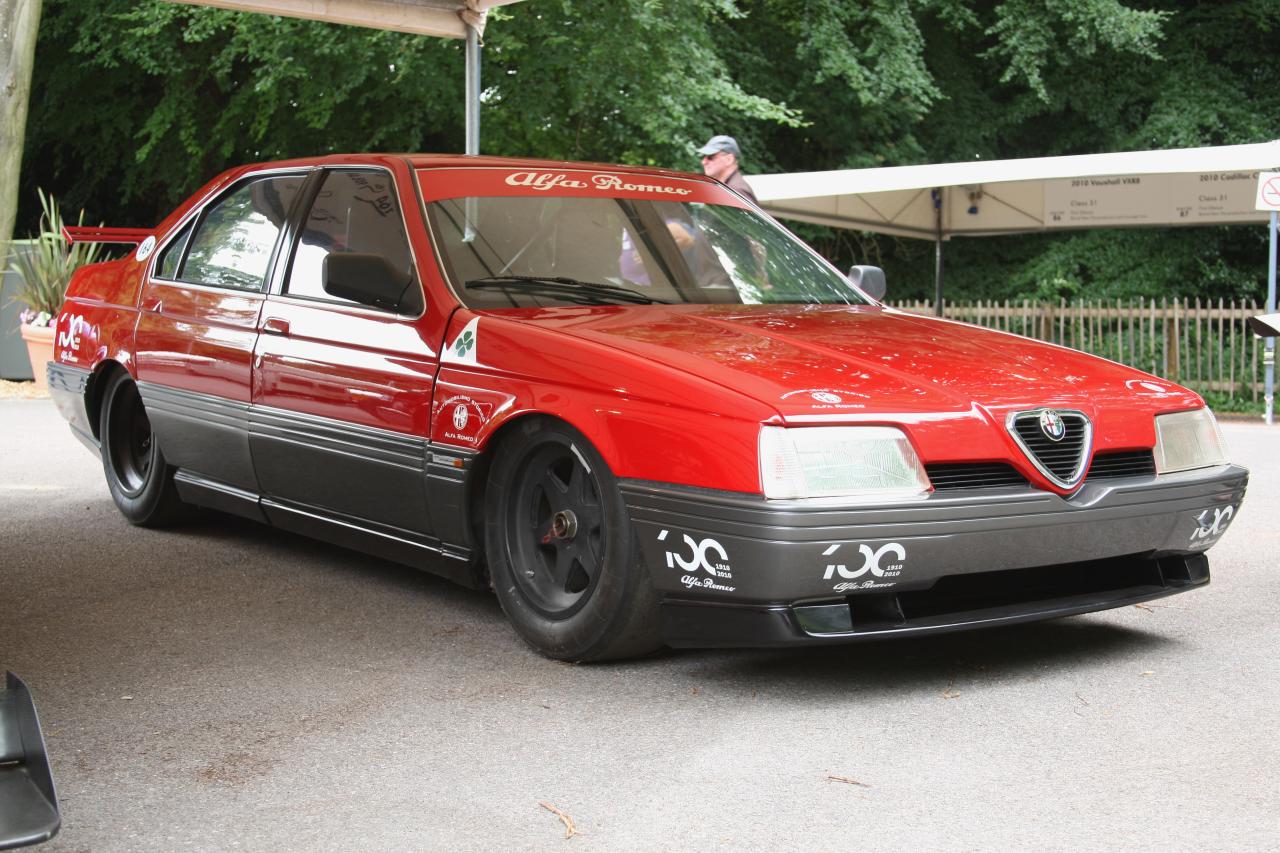
The Alfa Romeo 164 Procar was an experimental racing car developed in 1988 for the proposed Procar racing series. It featured a mid-mounted 3.5-liter V10 engine producing around 620 horsepower and a lightweight, aerodynamic body. Despite its impressive performance potential and advanced design, the 164 Procar never saw a track in competitive racing due to the cancellation of the Procar series. The car remains a unique example of Alfa Romeo’s engineering innovation and racing heritage.
Aston Martin Bulldog (1979)

The Aston Martin Bulldog was an experimental concept car developed in 1979 to showcase Aston Martin’s engineering capabilities and design vision. It featured a mid-mounted 5.3-liter twin-turbo V8 engine producing around 600 horsepower and a futuristic, wedge-shaped body. Despite its impressive specifications and potential as a racing car, the Bulldog never saw a track in competitive racing. The car was primarily intended as a showcase for Aston Martin’s technology and design expertise. The Bulldog remains a fascinating example of what could have been a high-performance supercar.
Corvette CERV III (1990)

The Corvette CERV III (Chevrolet Engineering Research Vehicle) was an experimental concept car developed in 1990 to explore advanced technologies for future Corvette models. It featured a mid-mounted 5.7-liter twin-turbo V8 engine producing around 650 horsepower and an advanced all-wheel-drive system. Despite its impressive specifications and potential as a racing car, the CERV III never saw a track in competitive racing. The car was primarily intended as a technology demonstrator and design study. The CERV III remains a unique example of Corvette’s engineering innovation and vision.
Toyota GT-One Road Car (1998)
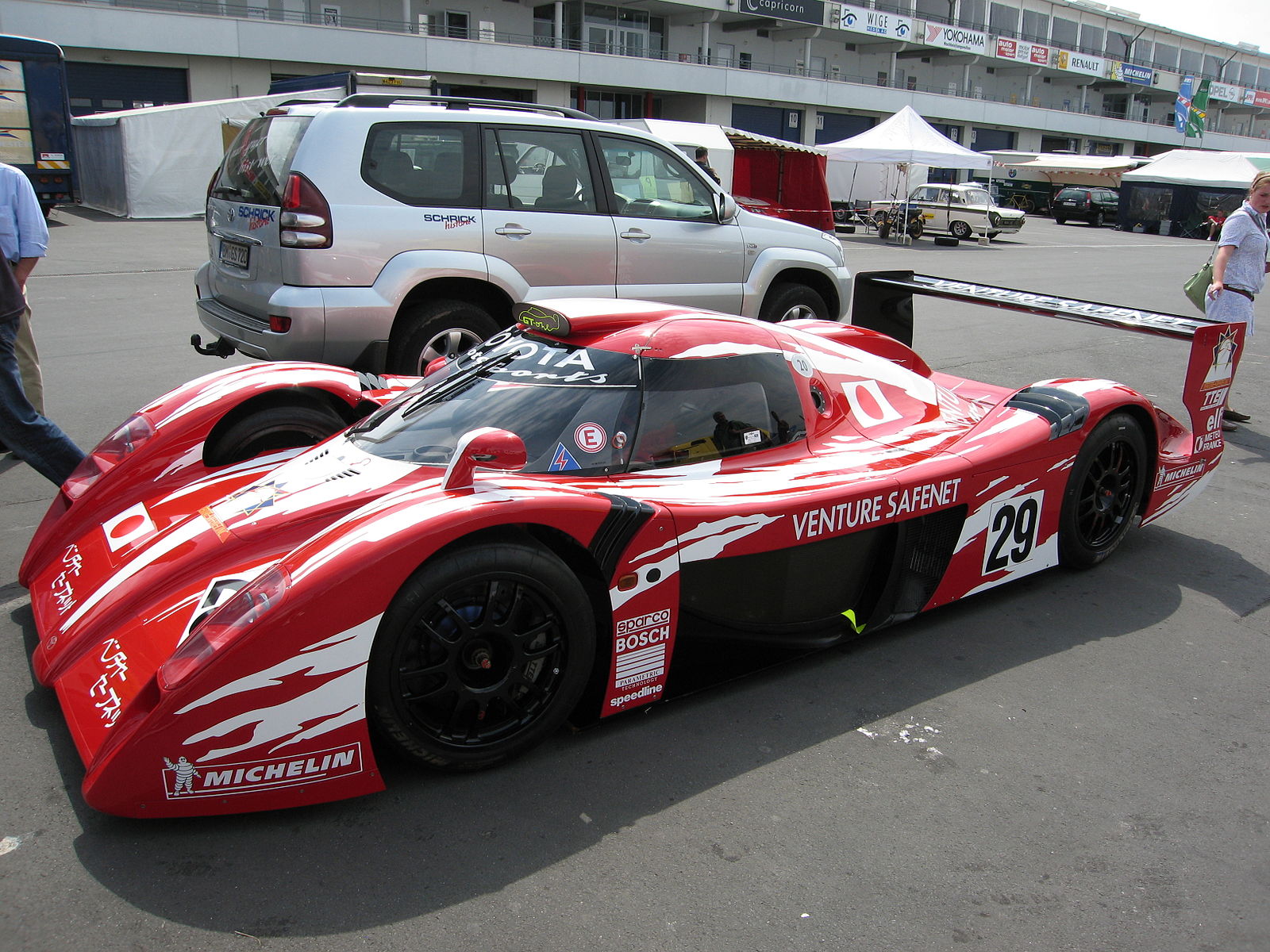
The Toyota GT-One Road Car was an experimental racing car developed in 1998 as a homologation special for the 24 Hours of Le Mans. It featured a 3.6-liter twin-turbo V8 engine producing around 600 horsepower and a lightweight, aerodynamic body. Despite its impressive performance potential and advanced design, the GT-One Road Car never saw a track in competitive racing due to changes in racing regulations and Toyota’s focus on other projects. The car remains a symbol of Toyota’s engineering ambition and dedication to motorsport.
Mazda RX-500 (1970)
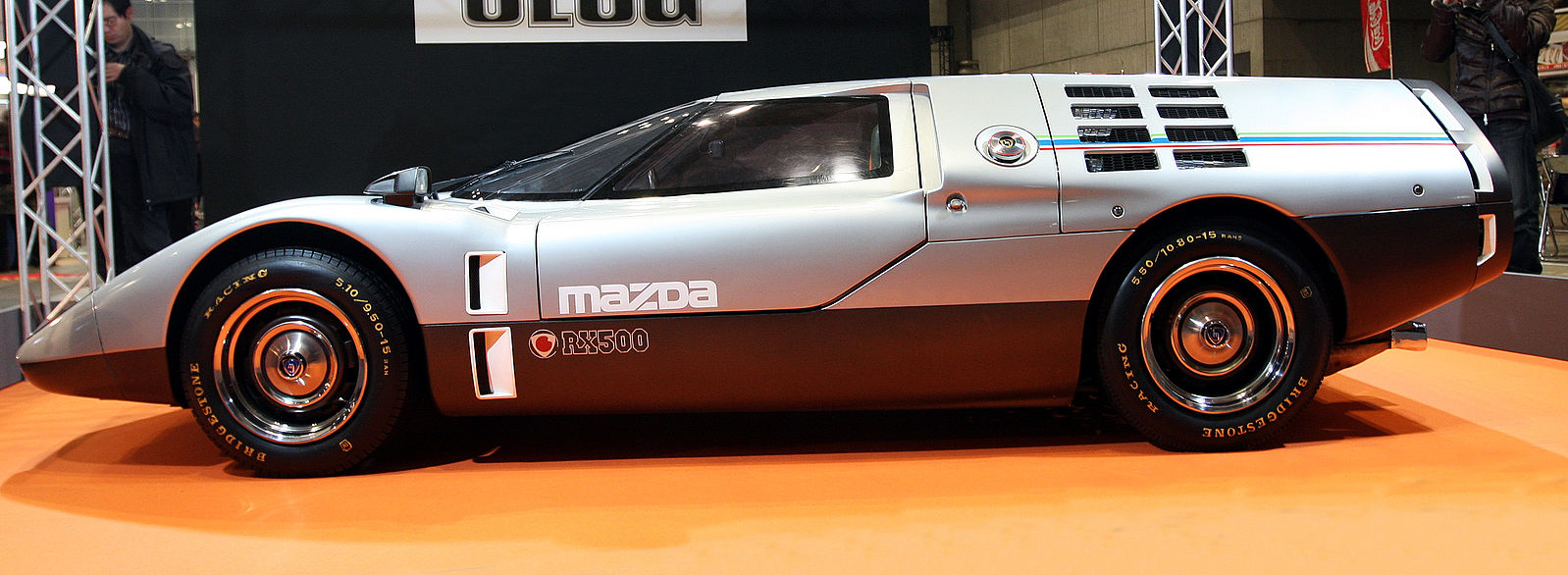
The Mazda RX-500 was an experimental concept car developed in 1970 to showcase Mazda’s rotary engine technology and design vision. It featured a mid-mounted 491cc twin-rotor engine producing around 247 horsepower and a futuristic, aerodynamic body. Despite its impressive specifications and potential as a racing car, the RX-500 never saw a track in competitive racing. The car was primarily intended as a showcase for Mazda’s technology and design expertise. The RX-500 remains a fascinating example of what could have been a high-performance rotary-powered sports car.
Porsche 918 RSR (2011)
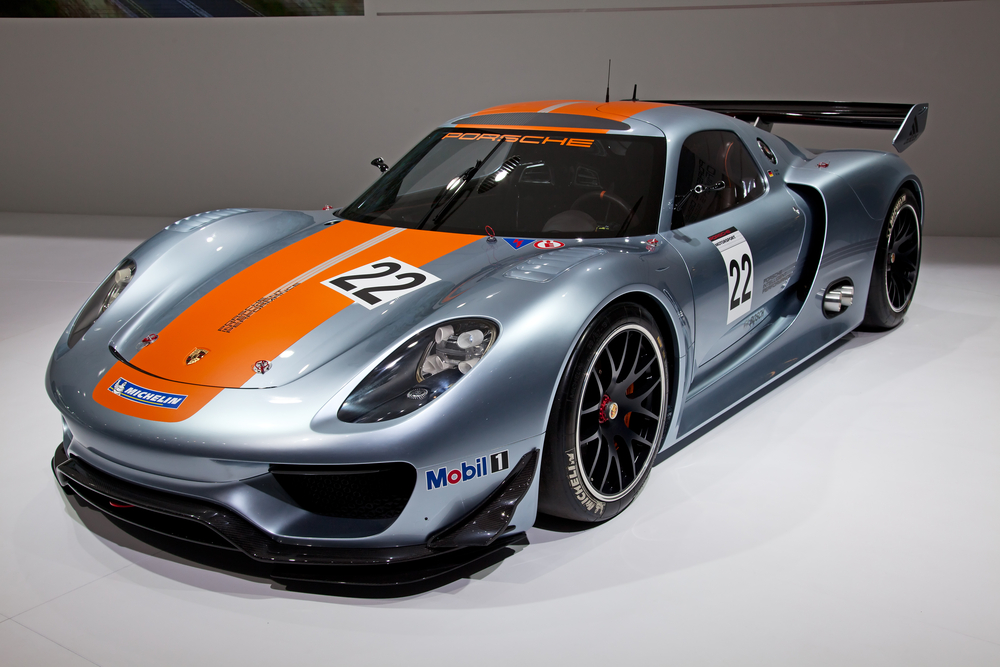
The Porsche 918 RSR was an experimental racing car developed in 2011 as a hybrid technology demonstrator. It featured a 4.6-liter V8 engine producing around 563 horsepower, combined with two electric motors providing an additional 204 horsepower. Despite its impressive performance potential and advanced hybrid technology, the 918 RSR never saw a track in competitive racing due to its role as a technology demonstrator and Porsche’s focus on other projects. The car remains a unique example of Porsche’s engineering innovation and commitment to hybrid technology.
Ferrari 512S Modulo (1970)
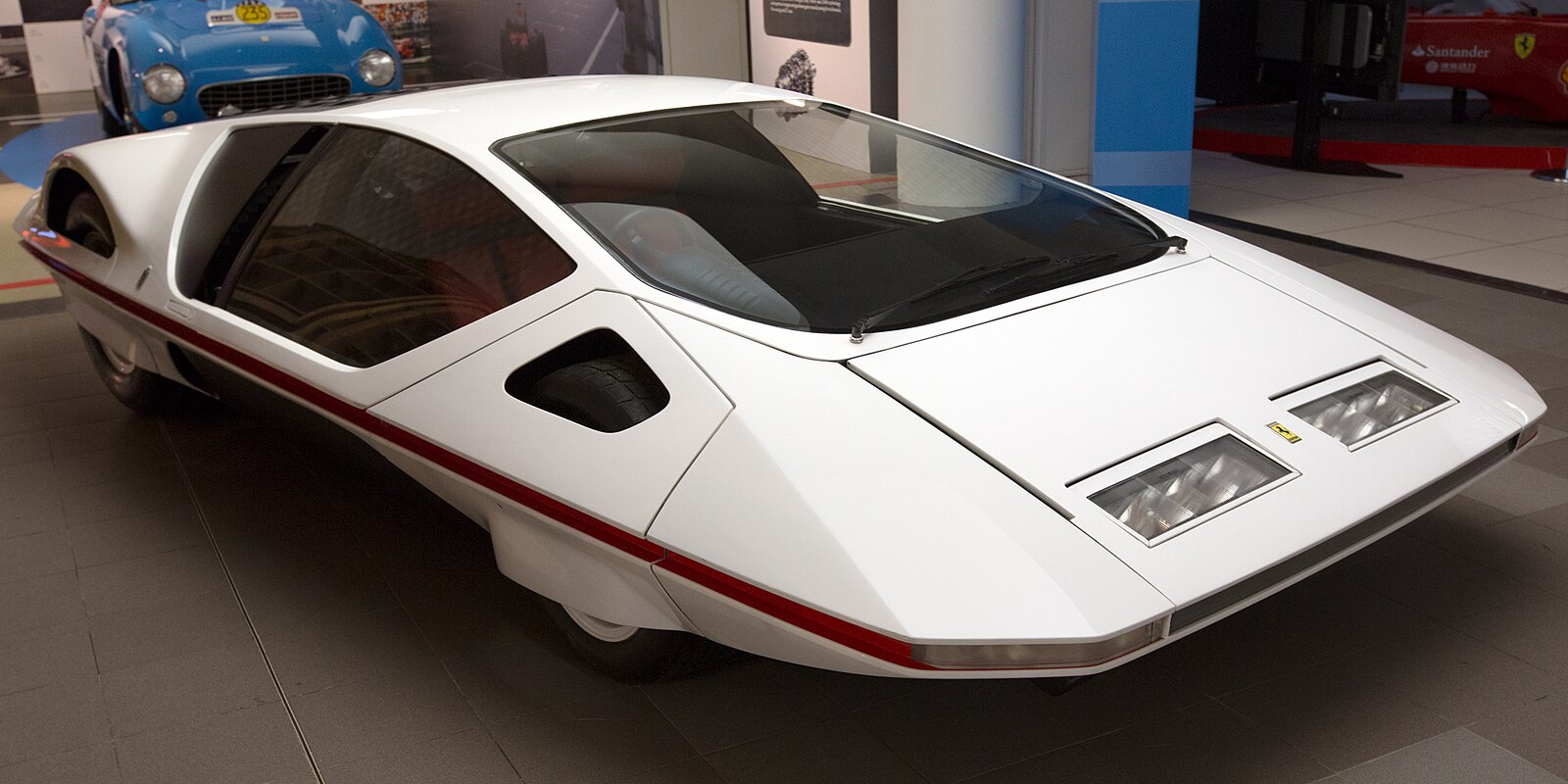
The Ferrari 512S Modulo was an experimental concept car developed in 1970 to showcase Ferrari’s design vision and engineering capabilities. It featured a mid-mounted 5.0-liter V12 engine producing around 550 horsepower and a futuristic, aerodynamic body designed by Pininfarina. Despite its impressive specifications and potential as a racing car, the 512S Modulo never saw a track in competitive racing. The car was primarily intended as a design study and technology demonstrator. The 512S Modulo remains a fascinating example of Ferrari’s commitment to innovation and design excellence.
Jaguar C-X75 (2010)
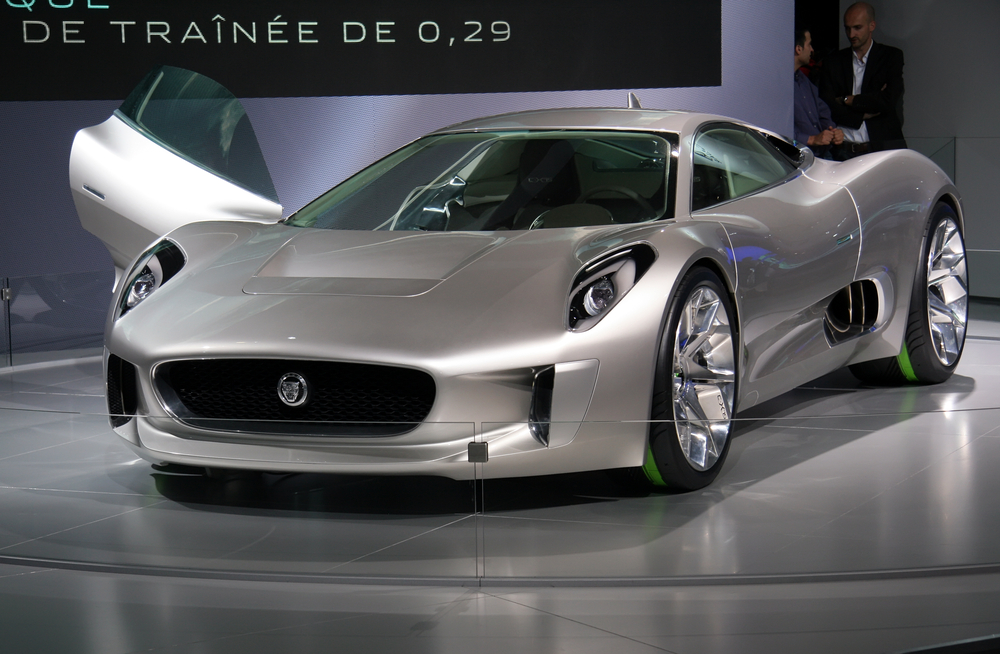
The Jaguar C-X75 was an experimental concept car developed in 2010 to showcase Jaguar’s design vision and hybrid technology. It featured a 1.6-liter turbocharged and supercharged inline-four engine producing around 502 horsepower, combined with four electric motors providing an additional 390 horsepower. Despite its impressive specifications and potential as a racing car, the C-X75 never saw a track in competitive racing due to its role as a concept car and Jaguar’s focus on other projects. The car remains a unique example of Jaguar’s engineering innovation and vision for the future.
Mercedes-Benz C111 (1969-1970)

The Mercedes-Benz C111 was an experimental concept car developed in the late 1960s and early 1970s to showcase advanced technologies, including rotary engines and turbocharging. It featured a mid-mounted Wankel rotary engine producing around 350 horsepower and a lightweight, aerodynamic body. Despite its impressive specifications and potential as a racing car, the C111 never saw a track in competitive racing. The car was primarily intended as a technology demonstrator and design study. The C111 remains a fascinating example of Mercedes-Benz’s commitment to innovation and engineering excellence.
Lamborghini Egoista (2013)
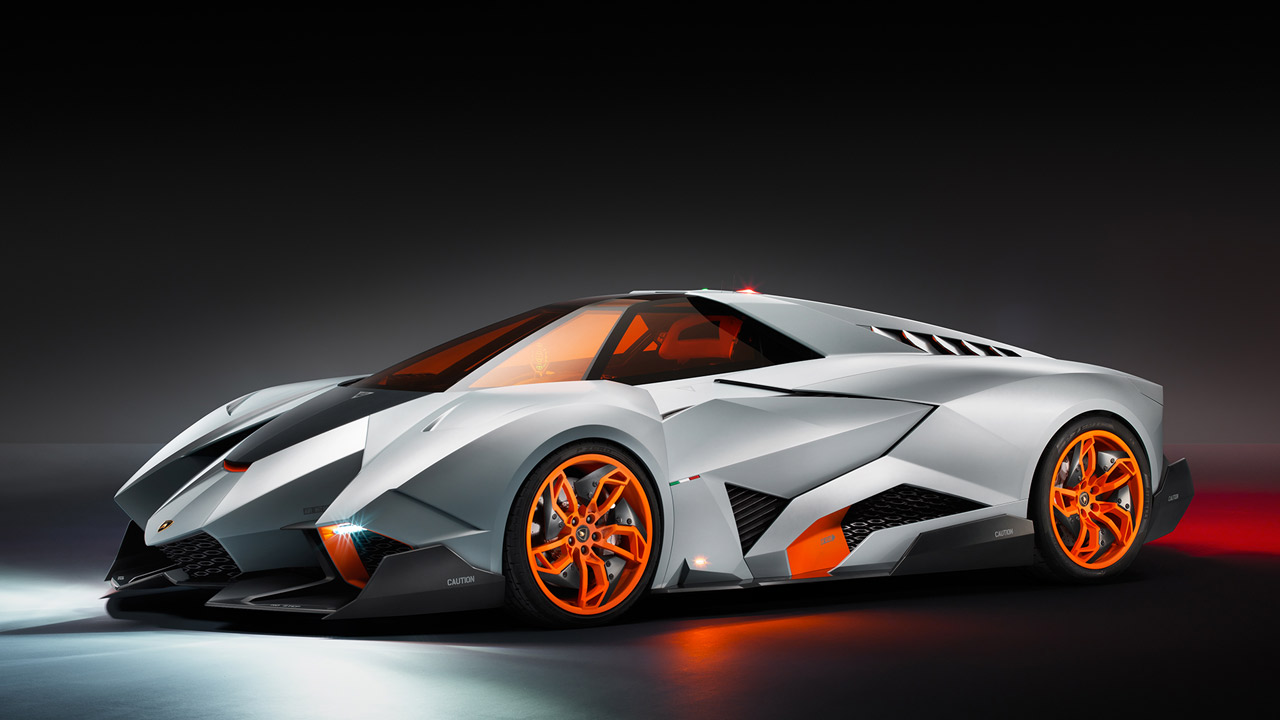
The Lamborghini Egoista was an experimental concept car developed in 2013 to celebrate Lamborghini’s 50th anniversary. It featured a 5.2-liter V10 engine producing around 600 horsepower and a futuristic, single-seat cockpit inspired by fighter jets. Despite its impressive specifications and potential as a racing car, the Egoista never saw a track in competitive racing. The car was primarily intended as a design study and a symbol of Lamborghini’s commitment to pushing the boundaries of automotive design. The Egoista remains a unique and iconic example of Lamborghini’s engineering and design prowess.
This article originally appeared on MyCarMakesNoise.
More from MyCarMakesNoise
17 Vehicles Prone to Frequent Breakdowns You Should Avoid

Every car owner hopes for a reliable ride, but some vehicles have a knack for disappointing expectations with their frequent breakdowns. We delve into various models from acclaimed manufacturers such as Audi, Dodge, and Toyota, revealing why they’re more prone to mechanical and electrical issues. Read More
20 Iconic Supercars of the ‘90s That Defined the Era

The 1990s was an era of groundbreaking automotive innovation, giving birth to some of the most epic supercars ever built. These vehicles not only pushed the boundaries of speed and design but also set new standards in performance and technology. Read More
20 Electric Vehicles to Avoid Due to Reliability Concerns

Electric vehicles have come a long way, but not all models have hit the mark. In this article, we explore 20 electric cars that, despite their initial promise, fell short in various aspects. Read More

